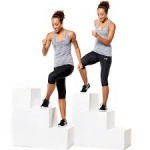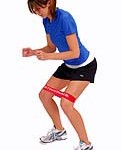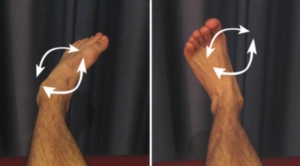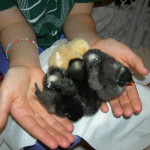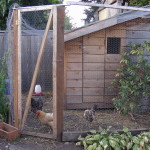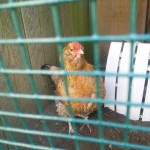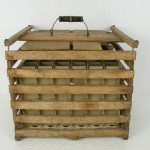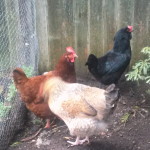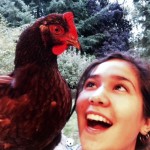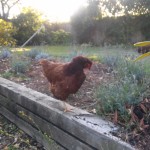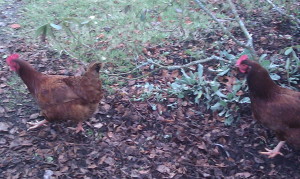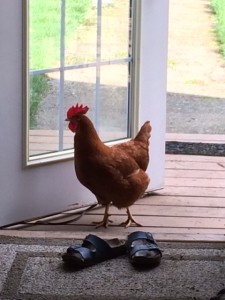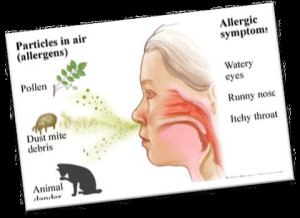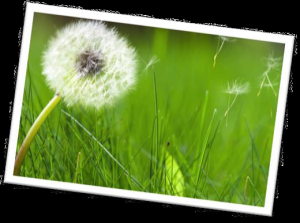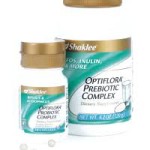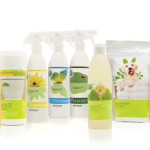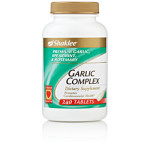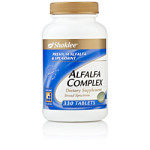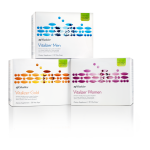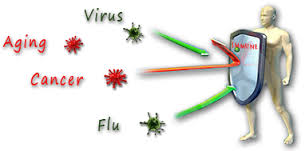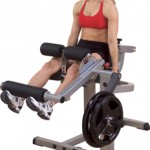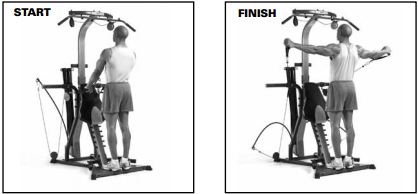Gentle Reader,
Traveling again, and wanted so much to have a healthy retreat. I flew to Santa Fe for a long weekend to sit, walk and write with Natalie Goldberg at the Upaya Zen Center. November in Santa Fe worried me. I packed long johns, silk undershirts, leg warmers and turtle necks and vests.
It did snow, their first of the winter, but I need not have worried about these Zen practitioners. They are not given to the kind of austerity we witnessed in the book Natalie assigned to us: The Bones of the Master, by George Crane. The page-turning tale of a Zen Monk, Tsung Tsai, was the last and only member of his Ch’an lineage in Inner Mongolia to survive the Red Chinese take over. Under normal circumstances these monks endured freezing temperatures without heat or warm clothes.
Upaya was toasty from the spacious Zendo where the sixty-seven participants met for writing to the sleeping quarters scattered in older and new southwestern adobe style buildings on the Center’s campus.
Health issues came up over and over as a topic in writing practice. Natalie is battling cancer and was not with us for every meal or for the early morning sitting zazen, harboring her strength. When I saw her the first day, I was relieved to the point of tears to see light in her eyes and no strained evidence of pain clouding her mind and wit and demanding teaching.
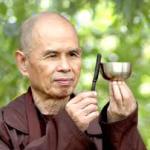 Thich Nhat Than, the Vietnamese Zen bhuddist who has offered so much peace making teaching to us Americans over the last 45 years and has been a spiritual guide for many, is lying in an ICU with a cerebral hemorrhage.
Thich Nhat Than, the Vietnamese Zen bhuddist who has offered so much peace making teaching to us Americans over the last 45 years and has been a spiritual guide for many, is lying in an ICU with a cerebral hemorrhage.
While walking in a nearby Nature Conservancy reserve east of the Center, I received notice of my cousin by marriage, Jack Bell’s massive heart attack. Mortality loomed large. The Roshi (the abbot or head priest of a Zen center), organized a healing service for all who hang in that liminal place between life and death asking for best possible outcome. Roshi Joan Halifax spoke to us about not knowing what the “best” is. The names of those close to the Center who have gone on to join the Great Majority were listed on the altar. I was profoundly moved by the service, the chanting, the deep surrender to the will of God.
We students wrote our hearts out and read aloud to each other. I was struck by how often struggle and death came up. These big themes were peppered by the lesser but just as pesky themes of life threatening aches and pains of the aging body. Even the younger writers read about waking up to the changes they notice in their bodies, the laziness that has taken over, the hurry of life that causes neglect of physical health. Natalie has always taught “Sit, Walk Write” and paid additional attention to long vigorous walks as a way to loosen the mind and go deeper. I overheard comments like, “I’m going to put more walking into my day.” “I’m going to be more consistent with my exercise.”
One woman I wrote with at a writing retreat in Italy is swimming again, up to a mile as she turns 69, using the thirty-five laps as intentional meditation time.
You think of writing as a sedentary life, but the way Natalie teaches it, it is anything but. When you are stuck and have become too linear or wallow too long in research, get up and walk: around the house, the coffee shop, the neighborhood.
The sitting part of practice is the hardest on the body. At the Upaya Center, they begin at 6:30 a.m. and sit on their cushions in silence for 40 minutes, take ten minutes of slow walking and stretching and then 40 more minutes of silent sitting. I joined each morning at the slow walking part and at first sat in the folding chairs provided. I was awake in time for the 6:30 sit time, but staying healthy on the go requires me to lie on the floor and do my back exercises, cat/cow stretches on all fours and a few yoga moves so I am functional with relatively little pain all day. The second two days, I sat on a cushion and fared pretty well with the hips and knees.![labyrinthUpaya[1]](http://www.grandmabetsybell.com/wp-content/uploads/2014/11/labyrinthUpaya1-150x150.jpg)
When I travel, I take a small camping pillow for my head and another to put between my knees while sleeping. Something you might try is finding a pillow that keeps your back and neck lined up in a back-friendly way.
I always take all my supplements. The stress of travel is no time to cut back on the nutritional support you are accustomed to at home. One of Natalie’s writing topics for a “bullet writing” –2-3 minutes—was “Vitamins.” One writer, a nurse from Phoenix who I roomed with when I went to write with Natalie in France, was saying she was so confused by vitamins and took the ones everyone talks about—Calcium, D and fish oil—but never felt any difference. So she wandered away from that discipline. I suggested a good multi might make everything work better.
What I love about the Shaklee Corporation is that they tell you up front if you don’t feel better with Vita-lea and Protein taken daily for one month, you will get your 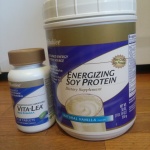 money back. That’s a big promise and seldom cashed in on.
money back. That’s a big promise and seldom cashed in on.
Water, water, water when you travel. The high desert of Santa Fe, 7000 ft.—gave me a slight headache and dizziness. After 24 hours and quarts of water, everything was fine. I know some people slow down on their water intake when they travel because they are worried about the availability of bathrooms. Trust the place. Drink water. You will feel better.
On the way home I had a twinge of throat tickle and plopped a Vitalizing Immunity in my water bottle and drank it down before boarding the plane. Gone. No hint of a cold.
I had my Herb lax in case the food and water—being different—caused digestive difficulties. In fact, the cook, Sharon, at the Upaya center is creative with seasonal root vegetables and prepared the most delicious and nourishing vegetarian meals I have ever eaten. Lots of roughage!
Whether you are traveling for business, pleasure, study or a healthy retreat, take care of yourself. Keep your immune system strong so you don’t get sick. That can ruin a trip. Stay hydrated and keep the digestive track functioning.
Don’t forget sleep: I always take ear plugs and Gentle Sleep Complex to help with sleeping in a strange place. How wonderful to attend a healthy retreat!
I love hearing what you do to stay healthy on trips. Please comment.
Be well, Do Well and Keep Moving,
Betsy
206 933 1889
![CAM01994[1]](http://www.grandmabetsybell.com/wp-content/uploads/2014/10/CAM019941-150x150.jpg)
